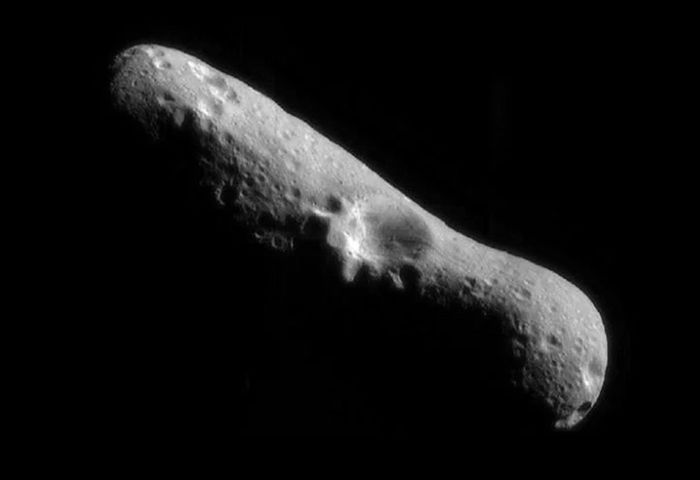JAXA
–
Huge boulders on the surface of asteroid Ryugu as seen by Japan’s Hayabusa2 spacecraft.
–
Nationalgeographic.co.id—Like corn kernels popping up in a frying pan, tiny dust grains can jump up and down on the surface asteroid. That’s according to a new study from physicists at the University of Colorado Boulder. That popcorn-like effect could even help tidy up smaller asteroids. This causes them to lose dust and look rough and steep from space.
The researchers published the results of their study on July 11 in the journal Nature Astronomy. The report they gave the title Fine-grained regolith loss on sub-km asteroids. With these findings, scientists better understand how asteroids change shape over time. Uncover how these objects migrate through space. “Where the object is, it’s also sometimes very close to Earth,” said Hsiang-Wen (Sean) Hsu, lead author of the study.
“The more fine-grained material or regolith these asteroids are lost, the faster they migrate,” said Hsu, a research associate in the Laboratory for Atmospheric and Space Physics (LASP) at CU Boulder.
In 2020, a NASA spacecraft called OSIRIS-REx traveled more than 1 billion miles to meet the asteroid (191055) Bennu. This asteroid has a height of approximately as tall as the Empire State Building. But when the spacecraft arrived, scientists didn’t find what they had hoped for. The surface of the asteroid looks like rough sandpaper, not smooth. The surface is also dusty. This is not what the researchers thought. There were even boulders scattered on the outside.

JPL/NASA
–
The relatively smooth surface of the large asteroid Eros.
–
Hsu and his colleagues have drawn computer simulations, and laboratory experiments to explore the puzzle. He said that a force similar to static electricity might kick the smallest dust grains into space. In fact some are no bigger than a single bacterium. Then only the bigger stones are left.
Bennu is not alone, says study co-author Mihály Horányi. “We realized that this same physics occurs in other airless bodies such as the moon and even Saturn’s rings,” said Horányi, a researcher at LASP and professor of physics at CU Boulder.
Asteroids may look like they are frozen in time, but these objects evolve throughout their lifetimes. Hsu explained that asteroids like Bennu are constantly rotating, exposing their surface to sunlight. The never-ending cycle of heating and cooling weighs on the largest rock on the surface, until it finally cracks.
“It happens every day, all the time,” Hsu said. “Ultimately scraping a large piece of rock into smaller pieces.”

IMPACT Lab
–
Timelapse image of dust grains undergoing electrostatic lift in a vacuum.
–
PROMOTED CONTENT
Featured Videos
–

